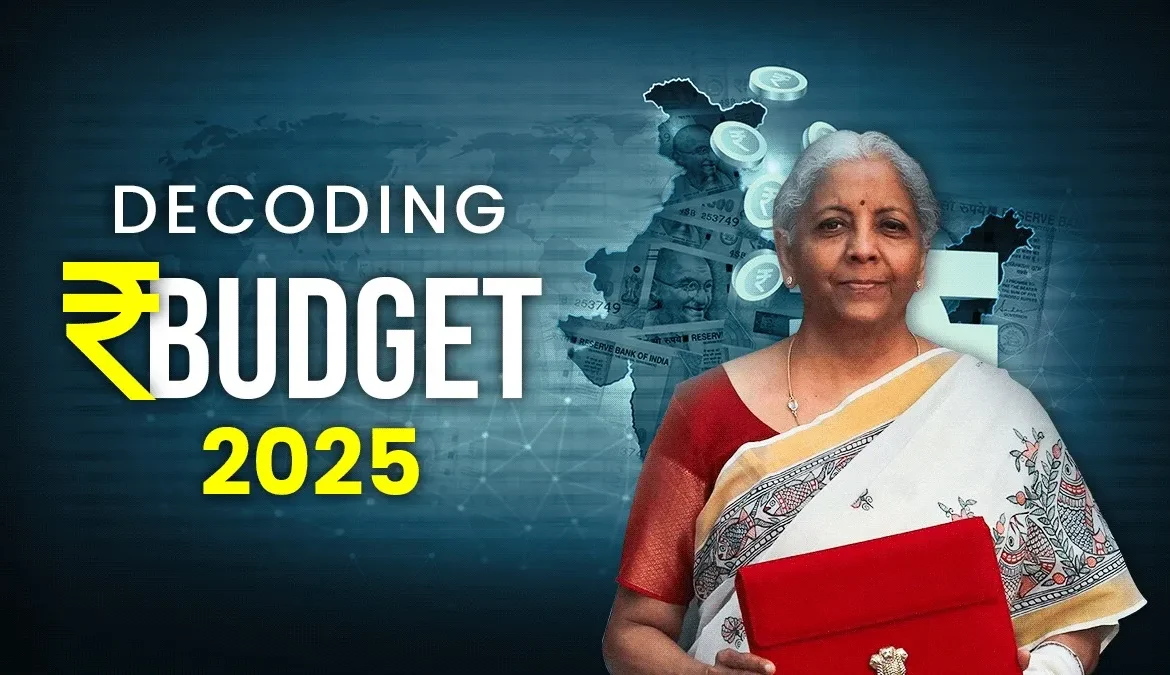Introduction
The Union Budget 2025, presented by the Finance Minister in Parliament, marks a significant turning point for India’s economic strategy in a pre-election year. With a clear focus on fiscal consolidation, infrastructure push, green economy, and digitization, Budget 2025 balances growth ambitions with social welfare.
At [Your CA Firm Name], our expert team has decoded the Budget 2025 to bring you a comprehensive analysis of its key proposals and what they mean for individuals, businesses, and the economy at large.
Key Highlights of Budget 2025
1. Direct Tax Proposals
- No change in personal income tax slab rates.
- Increase in standard deduction for salaried individuals from ₹50,000 to ₹75,000.
- Presumptive taxation limit raised for small businesses and professionals under Sections 44AD and 44ADA.
- Introduction of a “faceless rectification” scheme to improve transparency and efficiency in assessments.
2. Corporate Taxation
- No change in base corporate tax rates.
- Startups incorporated till March 2025 eligible for tax holiday extension up to 3 years.
- MAT rate reduced from 15% to 12% for manufacturing companies.
3. GST & Indirect Taxes
- Continued efforts for simplification and rate rationalization of GST.
- GST Council to consider bringing petroleum products under GST ambit.
- Customs duty changes to encourage domestic manufacturing in electronics, EVs, and semiconductors.
4. Infrastructure & Capital Spending
- Capital expenditure increased by 18% year-on-year.
- Special focus on highways, green energy corridors, and railway modernization.
- Public-private partnership model expanded in urban infrastructure projects.
5. Digital India & AI Push
- ₹12,000 crore allocated for AI research, semiconductors, and digital public infrastructure.
- A new AI regulatory framework to be drafted under NITI Aayog.
6. Social Sector & Welfare
- Increase in allocation to rural employment and PM Awas Yojana.
- Health budget up by 14%, with special schemes for maternal health and digital health records.
- Focus on youth skilling and MSME credit support.










